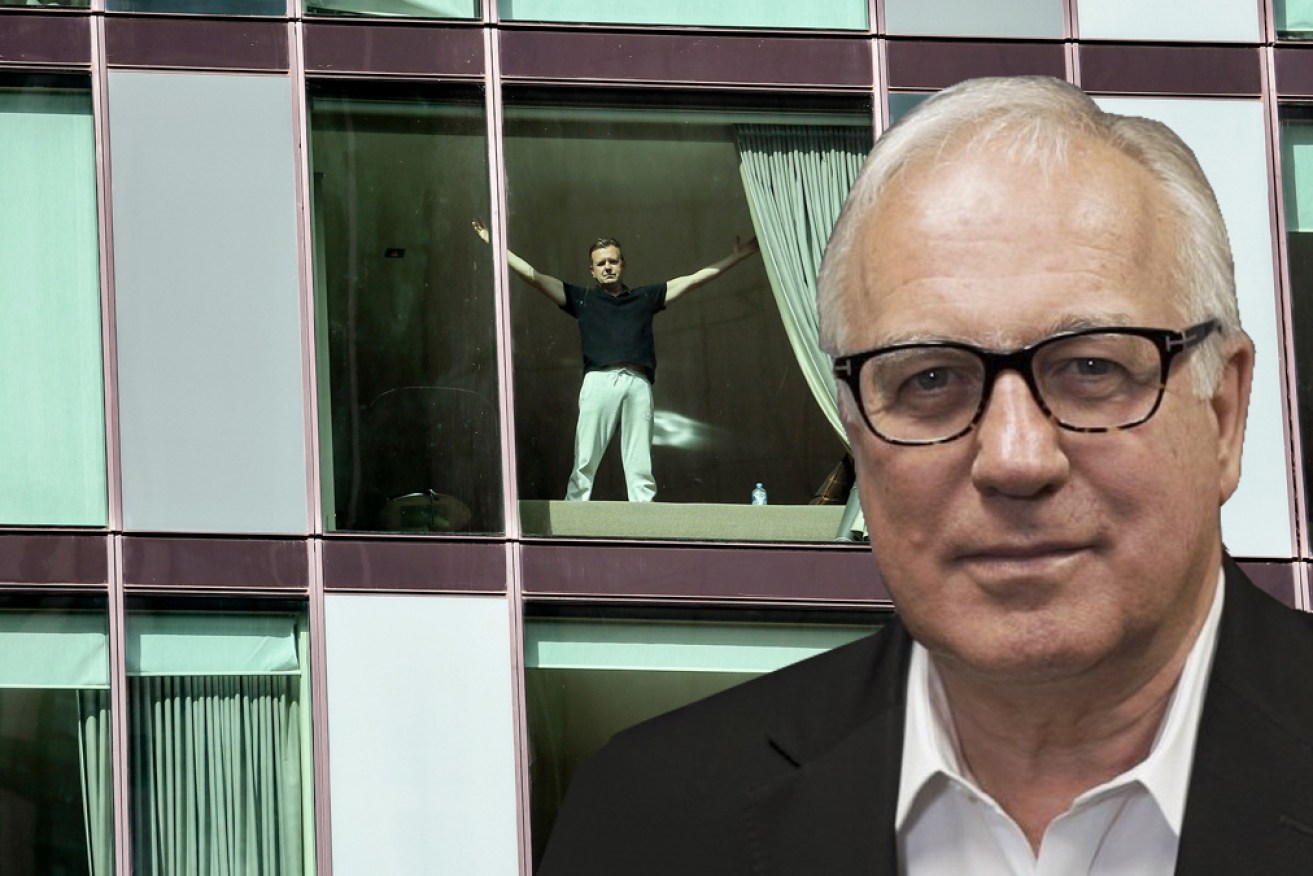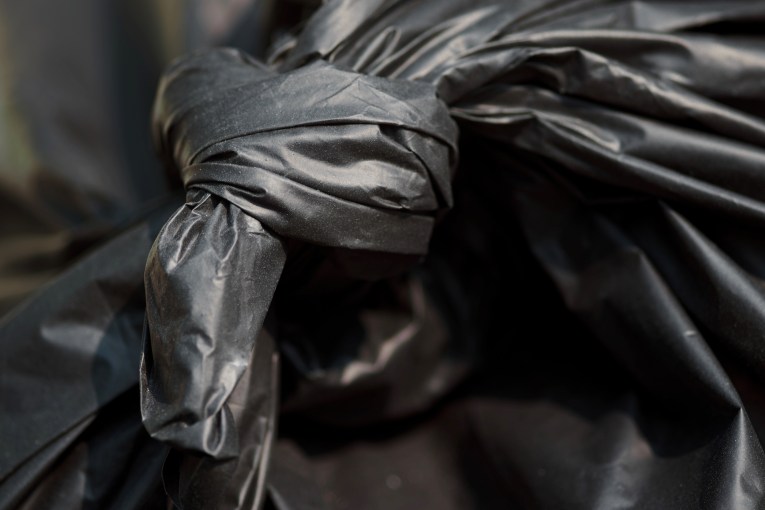Alan Kohler: Time to go back to the future on quarantine and vaccines


The government needs to wrestle back control of quarantine and vaccines, Alan Kohler writes. Photo: TND
The Point Nepean Quarantine Station in Victoria was closed in 1980 after 128 years. It’s now a museum.
Four years later the North Head Quarantine Station in Sydney was closed. It had been going for 151 years. It’s a conference centre now.
And the Lytton Quarantine Station in Brisbane closed in the late 1980s.
In 1994, the federal government’s 78-year-old vaccine manufacturer, Commonwealth Serum Laboratories, was sold for $292.4 million. It’s now worth $122 billion.
Oh, if we could turn back time.
That series of decisions between 1980 and 1994 by Liberal and Labor governments were acts of hubris and ideology based on two things: First, confidence that mankind had eliminated infectious diseases with antibiotics and vaccines, and second was the idea – prevalent at the time – that governments should leave everything to the private sector and privatise whatever they could.
Thirty years later we know that neither of those things is necessarily true, and right now the two most urgent infrastructure requirements for the Australian economy are quarantine stations and vaccine factories.

Some of the original buildings that were part of Sydney’s former quarantine station at North Head. Photo: AAP
The government should build both of them, not wait for the private sector to get around to it.
In fact, with the interest rate on long-term government debt at 1.67 per cent, there is no excuse. Buying quarantine rooms and vaccines from the private sector at prices that include a profit margin is just a waste of taxpayers’ money.
Already a year has been lost as state and federal governments tried using private hotels for quarantine and CSL’s factory to make the easiest vaccine – the one licensed from AstraZeneca, which turns out to sometimes cause blood clots.
New quarantine stations could have been built by now and a start made on a vaccine factory that could also make the messenger RNA vaccines invented by Moderna in the US and BioNTech in Germany, which are apparently the new way forward for vaccination generally.
But government health authorities spent last year telling us that COVID-19 is spread mainly by touch, so we sanitised our hands and surfaces as if our lives depended on it.
And international arrivals were housed in hotel rooms with connected air-conditioning and windows that don’t open.
Prime Minister Scott Morrison says hotel quarantine has been 99.99 per cent effective, with which epidemiologists beg to differ.
The Australian Medical Association WA president Andrew Miller, among others, says there had long been warnings that coronavirus travels in the air and that hotels are not fit for quarantine.
So a long-term solution must be found and happily it doesn’t have to be invented: As an island nation, Australia has a long history of quarantine and, more importantly, of accepting it.
Obviously airports are the relevant sites now, rather than places for ships to stop off on the way to the docks.
And plenty of thought will have to go into policies of how and when to apply quarantine and to whom: Tacking two weeks of quarantine onto a three-month sea voyage is a different matter entirely to doing it after a short plane trip.
But this coronavirus is rapidly mutating and new viruses are likely to keep jumping from animals, especially as a result of climate change, so vaccines won’t keep up and will have to be supplemented with some form of quarantine for a long time, maybe forever.
As for the vaccines, the world is obviously now moving to the new breed of mRNA vaccines, the ones that recode the cells’ DNA to fight a particular disease rather than infect them with a sample of it so they recognise it in future.
Health Minister Greg Hunt said recently that the government is considering helping CSL make mRNA vaccines.
“[CSL] have said publicly that they are also considering moving to an mRNA capacity and others are considering mRNA capacity. So we are doing a business case now to look at that option.”
Considering? Look at? That option? Why not just get on with it?
The then prime minister Billy Hughes knew in 1916 that Australia needed the capacity to make vaccines and set up CSL as a government-owned manufacturer. Its first product, in 1919, was a vaccine against the Spanish flu, but by then it was too late to prevent 15,000 Australians from dying.
Now the government has to work on a business plan and a government subsidy to try to persuade the privately owned CSL to make the latest vaccine, for which they will no doubt charge a healthy margin.
The federal government also tried private-sector vaccine delivery through GPs, but that hasn’t gone well and the public sector, in the form of state hubs, will now be brought in as well.
There are many things the private sector does very well, but up to the 1980s and ’90s it was recognised that quarantine and vaccination were not among them.
Now that these things matter again, it’s time for the public sector to take them back.
Alan Kohler writes twice a week for The New Daily. He is also editor in chief of Eureka Report and finance presenter on ABC news








